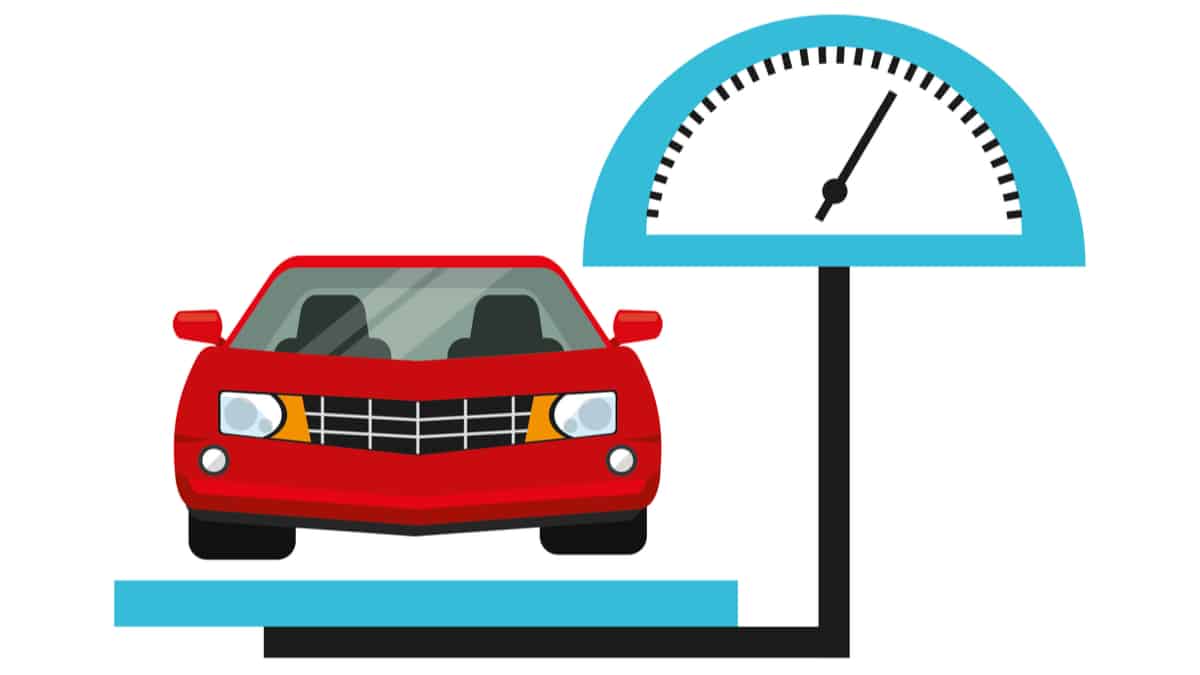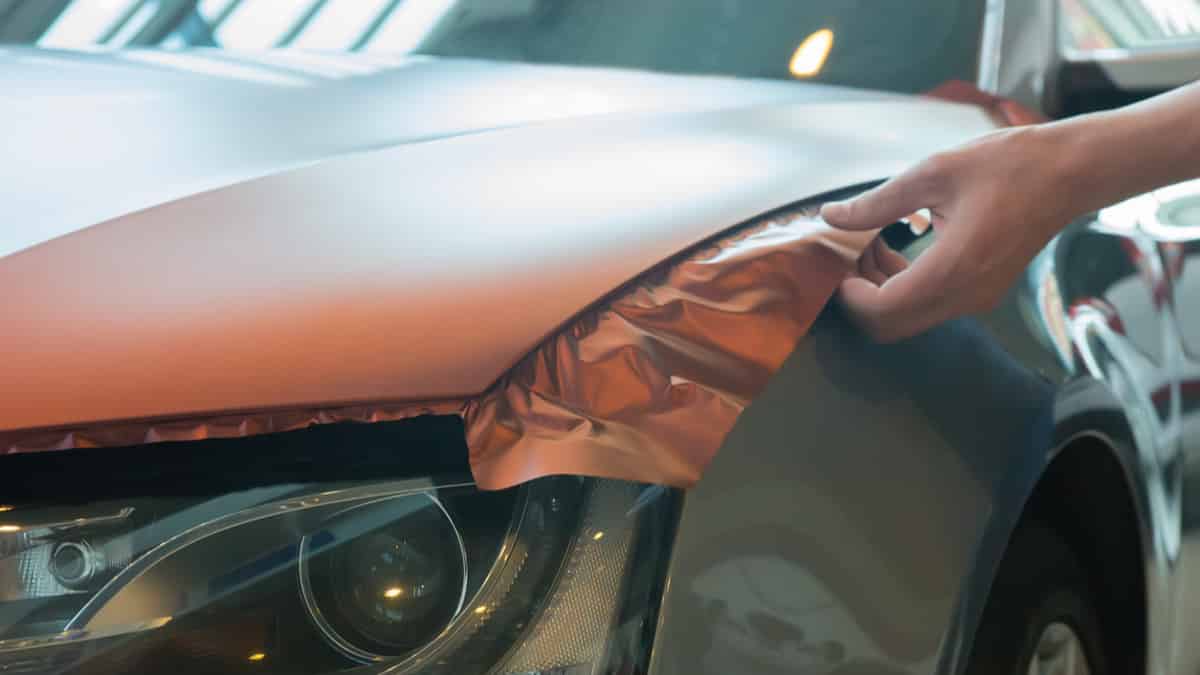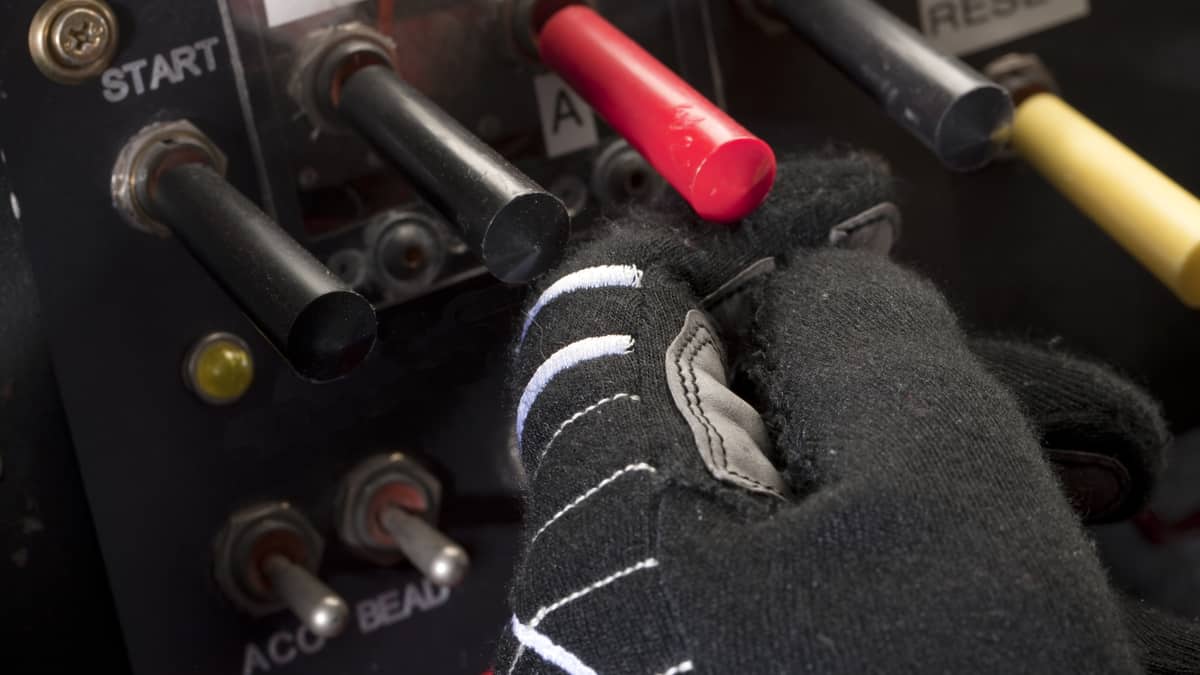The cars on today’s roads are wider than they have ever been. Car size keeps increasing, but the roadway doesn’t. How wide is the average car, and will it keep growing?
In this article, I take a closer look at the average car width, as well as the length. I also evaluate some popular models to see how wide they are.
How Wide is the Average Car?
The average car width is around 5.8 feet. However, the vehicle width varies depending on what type of car you are driving. It’s also relative to what safety features are added and the level of aerodynamic performance that is included.
The Chevy Spark is currently the narrowest on the road, measuring 5.2 feet wide. The widest title belongs to the Ram 3500 with dual rear wheels. It measures 8.7 feet wide, not including the mirrors.
Evaluating Average Car Width by Class
1. Sedans
There are a wide variety of sedan sizes, from economy to full-size. Most sedans include four doors and have spacious cargo holds. A compact car or smaller sedan is going to average about 5 feet 10 inches wide.
A mid-size sedan measures about 6 feet wide. A full-size or large sedan is going to measure more than 6 feet wide.
- Chevy Spark: 5.2 ft.
- Honda Accord: 6 ft.
- Dodge Charger: 6.2 ft.
RELATED: Economy Vs. Compact Car Differences (& Which is better?)
2. Station Wagons/Hatchbacks
The station wagon offers a perfect balance between the SUV and sedan. With the hatchback design, there’s often more cargo space than with a sedan. A small station wagon or hatchback is normally 6.1 feet wide.
A large station wagon or hatchback is not significantly wider, at about 6.2 feet. These cars only tend to get longer.
- Volvo V90: 6.3 ft.
- Audi A6 Allroad: 6.2 ft.
- Subaru Outback: 6.2 ft.
3. SUVs
Sport utility vehicles are taller and offer more ground clearance than your average car, but it isn’t necessarily wider. It all depends on what kind of SUV you are driving.
A compact SUV or crossover is going to measure about 6 feet wide. With a mid-size SUV, you can expect a little more width, leaving less room in parking garages. Full-size is going to be among the widest, ensuring plenty of passenger room.
- Toyota RAV4: 6 ft.
- Honda Pilot: 6.5 ft.
- Cadillac Escalade: 6.10 ft.
4. Sports Cars
The average sports car is going to provide much more performance than your conventional car. It looks cool and is among the fastest on the road. There’s also a variety of sizes related to the sports car.
Because sports cars can be of any size, you are looking at an average of 5.7 to 6.5 feet. A sports sedan is going to be much more similar to a full-size sedan than a compact car. Supercars also fit into this category, but few people care how wide they are, because they tend to be parked in private garages.
- Chevy Corvette: 6.3 ft.
- Porsche 911: 6.1 ft.
- Dodge Charger: 6.3 ft.
- Lamborghini Aventador: 6.7 ft.
5. Pickup Trucks
A truck can come with two doors and one bench seat or four doors with seating for six. There are also varying truck bed sizes that can affect how wide the pickup is.
Smaller trucks might only be 6.3 feet wide, while a larger truck can easily be 6.8 feet wide. If the truck is a dual-wheel design, it’s going to be the widest of the bunch.
- Ford Ranger: 6.5 ft.
- Chevy Colorado: 6.2 ft.
- Ram 3500 Dually: 8.7 ft.
6. Vans
Vans can also come in a variety of widths based on their purpose. If it’s a passenger van, there needs to be room to hold people, so the width might be around 6.7 feet.
Cargo vans are used to carry goods. On average, you might find a cargo van measuring 6.8 ft.
- Honda Odyssey: 6.5 ft.
- Ram ProMaster Cargo: 6.7 ft.
- Ford Transit 350: 6.7 ft.
RELATED: How Much Does a Car Weigh? (Average Weight by Car Type)
How to Find Car Width
1. VIN Decoder
The VIN of your vehicle can tell you a lot about the vehicle. If you use a VIN decoder tool, you will be able to pull up all of the major specs of your vehicle.
Generally, you can get the car dimensions, including the width. Plus, this decoder tool will provide the transmission, engine, color, standard features, and safety equipment included with the vehicle.
2. Contact Local Dealer
Before you purchase the car, you can ask the dealer about the width. This is a specification to consider if you spend a lot of time in parking garages. The dealership can provide you with a specification sheet, giving you all of the dimensions.
Even if you have a car that you need information on, the local dealer should still be able to help. It isn’t difficult for them to pull the new car information sheet on it, even after several years.
3. Measure Car
If all else fails, you can manually measure the car. This step takes some time and relies on you to perform the measurements correctly.
With your tape measure, start out at the driver’s side door. With the help of a friend, run a tape measure underneath the vehicle to the other side. Position the tape measure on the passenger side to see how wide the vehicle is.
Don’t forget that the width of the mirrors is not included in this measurement. However, it’s good to know how far out the mirrors go as well, especially if you need to park in tight spaces.
4. Use Car Valuation Site
With a car valuation website, you can gather all of the vital information about your vehicle. These aren’t just for figuring out what your car is worth based on features, mileage and age.
If you can enter your VIN, you will get a more accurate determination. However, you should be able to simply put in the year, make, and model to get a general idea of the measurements.
Does Vehicle Width Include the Mirrors?
Typically, vehicle width doesn’t include the size of the mirrors. When you measure the vehicle, you don’t want to include the width of the mirrors. Instead, you measure the widest point of the vehicle body and exclude the mirrors.
Some automakers will provide both measurements. You can get the width without the mirrors, as well as a measurement that includes the mirrors when unfolded. With this information, you can determine how well the vehicle will fit in a public or personal garage.
How Long is the Average Car?
The average car length is around 14.7 feet. That’s the same size as the Nissan Versa. As the vehicle requires more space for passengers or cargo, the length grows in proportion. However, you can find models that are both shorter and longer than this average.
Again, the Chevy Spark earns the spot as the shortest car, at less than 12 feet long. The longest vehicle on the roads is the Ford Super Duty, which can be more than 22 feet long, depending on the configuration chosen.
READ MORE: How Long Is A Car?
Categories: General














